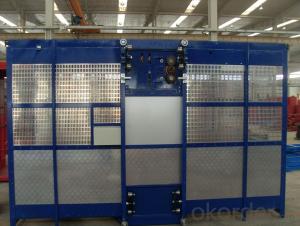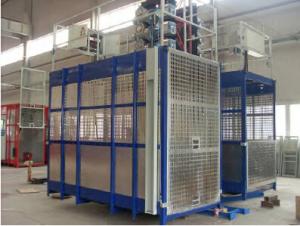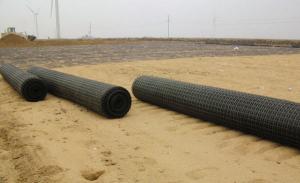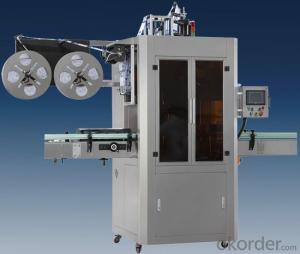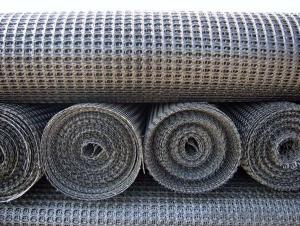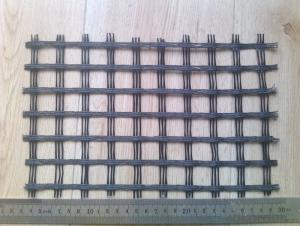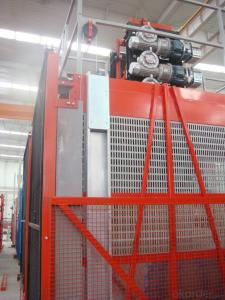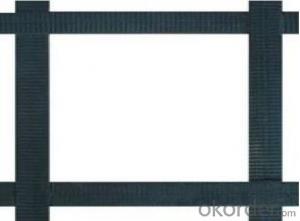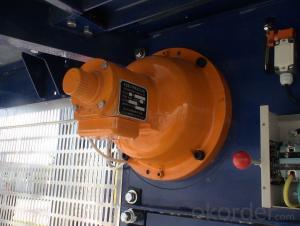Strata 200 Geogrid
Strata 200 Geogrid Related Searches
Fridge With Freezer On Bottom Driveway Pillars With Lights Blu Ray Player With Recorder Blu Ray Player With Internet Geogrid In Retaining Walls 1708 Biaxial Fiberglass Tape Pullout Resistance Of Geogrid Geogrid Warp Knitting Machine Srw 3 Series Geogrid Biaxial Plastic GeogridHot Searches
Fiberglass Scaffolding For Sale Fiberglass Panels For Sale Fiberglass Greenhouses For Sale Geogrid Fabric For Sale Gas Powered Core Aerator For Sale Revolution 4 Propeller For Sale Alabaster Carving Stone For Sale Geogrid For Sale Near Me Tensar Geogrid For Sale Geogrid For Sale Ex Display Log Cabins For Sale Photoelectric Cells For Sale Athletic Lockers For Sale Cubicle Partitions For Sale Stearman Propeller For Sale Palram Greenhouses For Sale Gumbo Bowls For Sale Suzuki Propellers For Sale Freight Crates For Sale Outhouse Sheds For SaleStrata 200 Geogrid Supplier & Manufacturer from China
Okorder.com is a professional Strata 200 Geogrid supplier & manufacturer, offers integrated one-stop services including real-time quoting and online cargo tracking. We are funded by CNBM Group, a Fortune 500 enterprise and the largest Strata 200 Geogrid firm in China.Hot Products
FAQ
- Geogrids improve the performance of geotextile sediment control tubes by providing additional structural support and reinforcement. They help to prevent the tubes from collapsing or deforming under the weight of sediment, enhancing their overall stability and effectiveness in controlling erosion and sediment runoff.
- Tgsg5050 what is the difference between Geogrid and gsz5050?
- 30-30 "means: per meter of longitudinal and transverse tensile force is greater than the yield of 30KN/m. can be said to be the same.
- How much is a square meter
- Geogrid plays a very important role in road construction, which is mainly to reinforce roadbed and delay aging. The following is a detailed introduction: Geogrid on the road is mainly used for soft foundation treatment, roadbed reinforcement, slope protection, abutment reinforcement, wing wall, retaining wall, isolation and reinforcement of soil engineering.
- The factors that influence the design and selection of geogrids for reinforcement include the type and properties of the soil, the load and traffic conditions, the desired level of reinforcement, the project lifespan, the installation and construction method, and the environmental conditions.
- Geogrids improve the load distribution in paved surfaces by providing reinforcement and stabilization to the base layers of the pavement. They distribute the load across a larger area, reducing the stress on the pavement and preventing cracks, rutting, and other forms of pavement distress.
- The geogrid is not less than 3 meters on each side, what does it mean?
- At present, the largest width of single geogrid is 6 meters
- Yes, geogrids are suitable for erosion control on riverbanks. Geogrids provide stabilization and reinforcement to the soil, preventing erosion and maintaining the integrity of the riverbank. They are effective in withstanding the forces of water flow and offer long-term stability, making them an ideal solution for erosion control on riverbanks.
- The effect of polymer type on geogrid behavior can vary significantly. Different polymers have different physical and mechanical properties, which can impact the strength, stiffness, and durability of the geogrid. For example, a geogrid made of a high-density polyethylene (HDPE) polymer may exhibit higher tensile strength and better resistance to environmental factors compared to a geogrid made of a polypropylene (PP) polymer. Ultimately, the choice of polymer type for a geogrid depends on the specific engineering requirements and the expected conditions in which it will be used.







